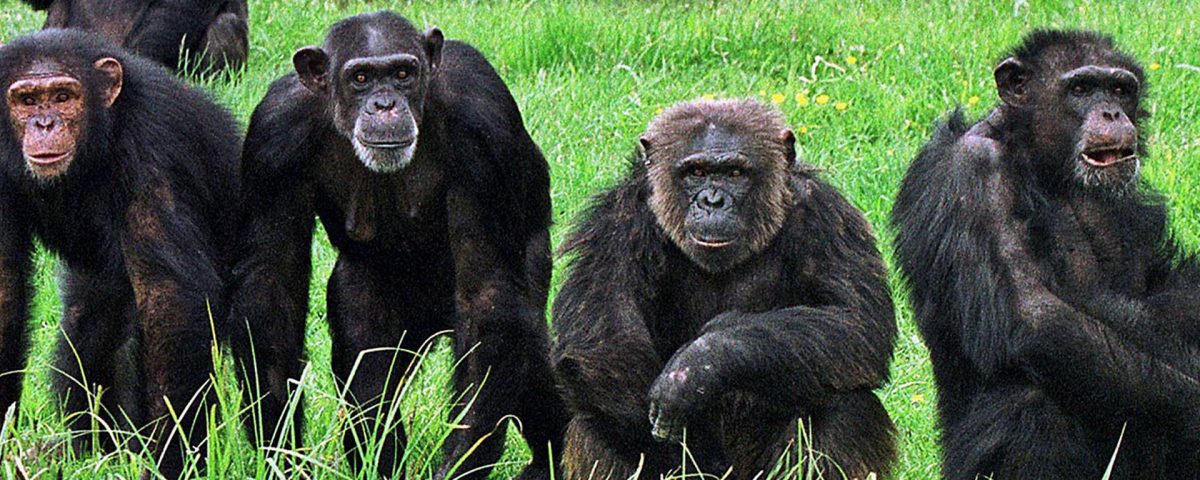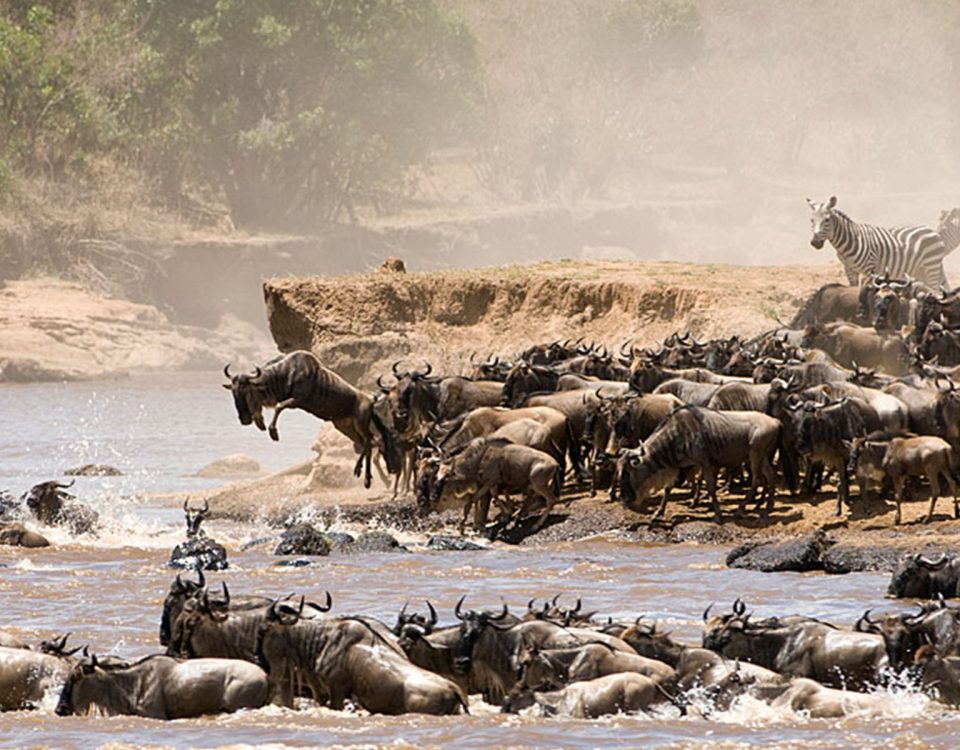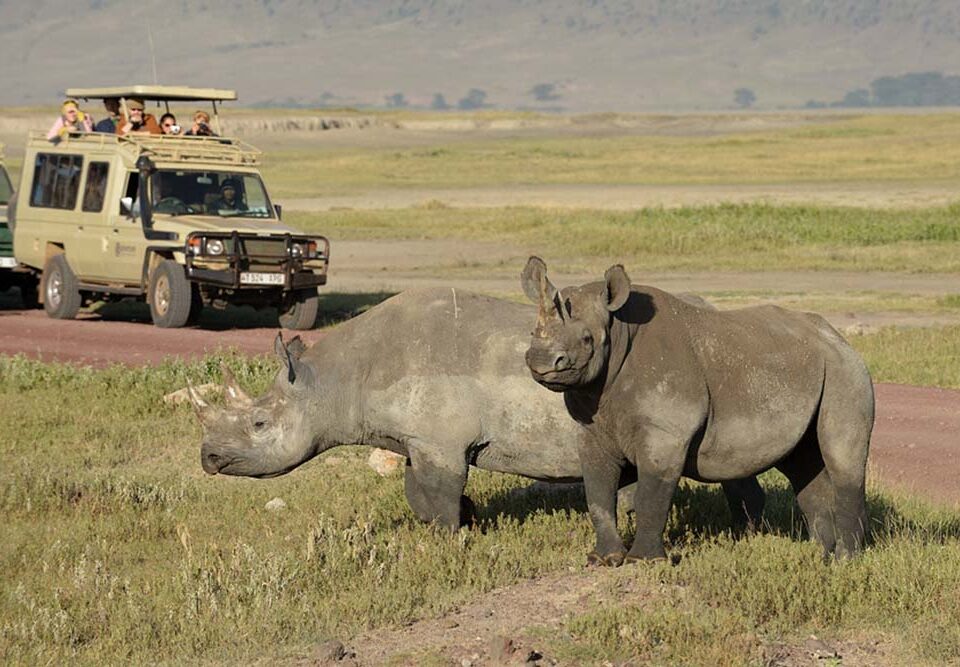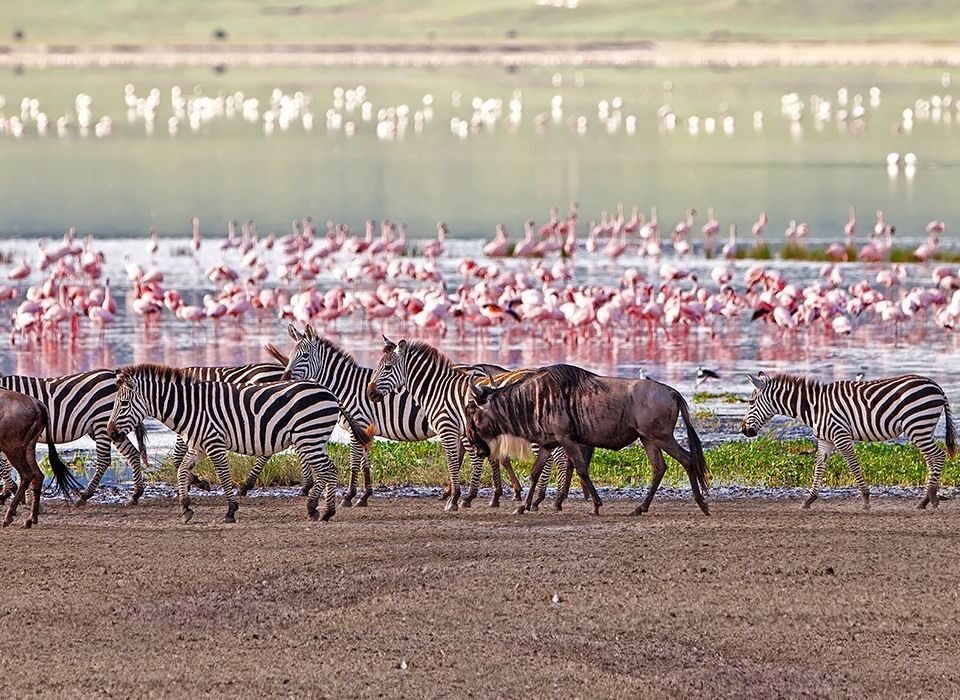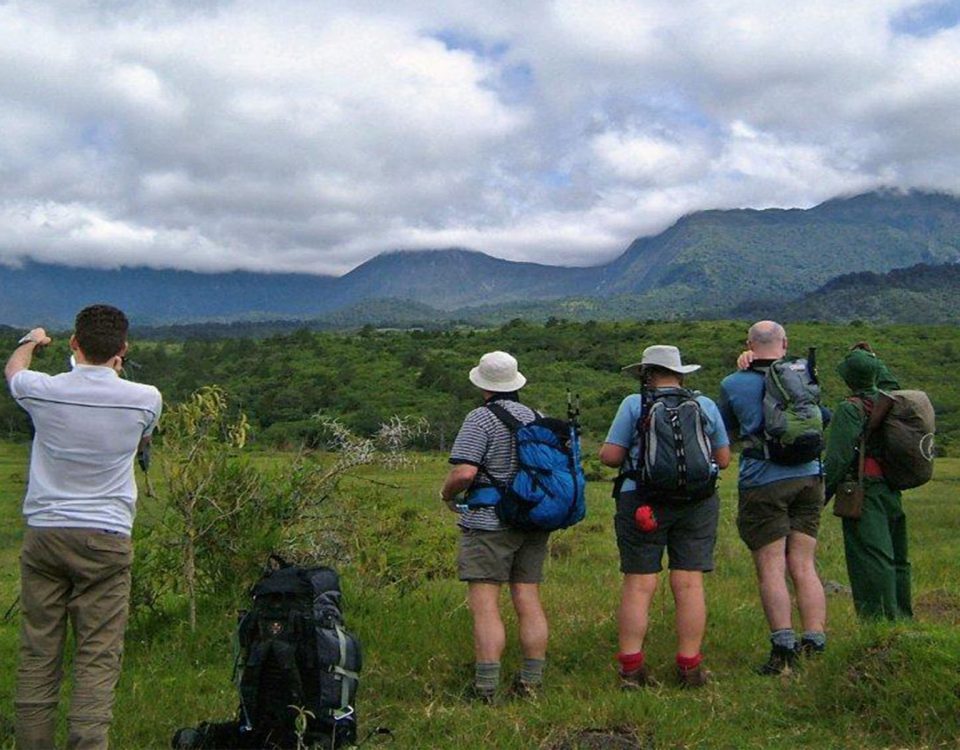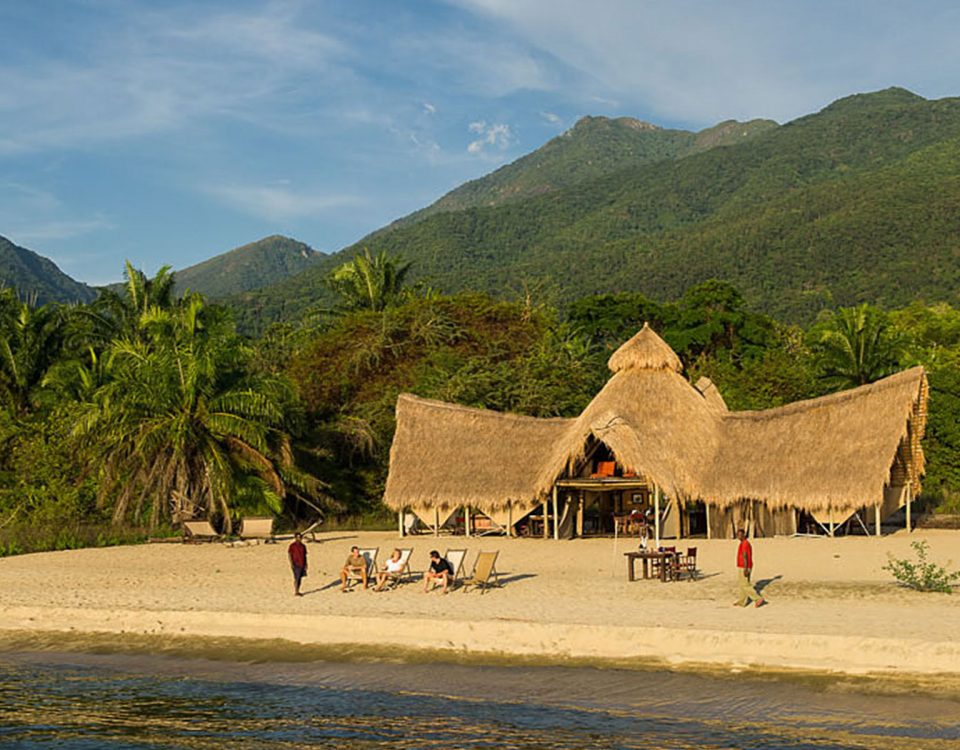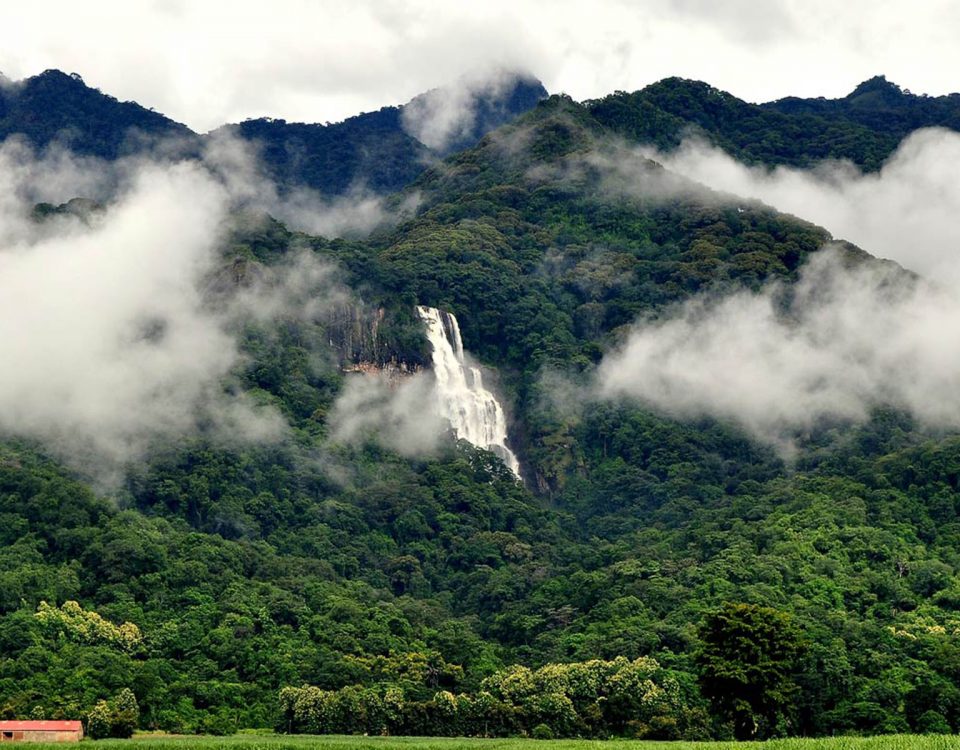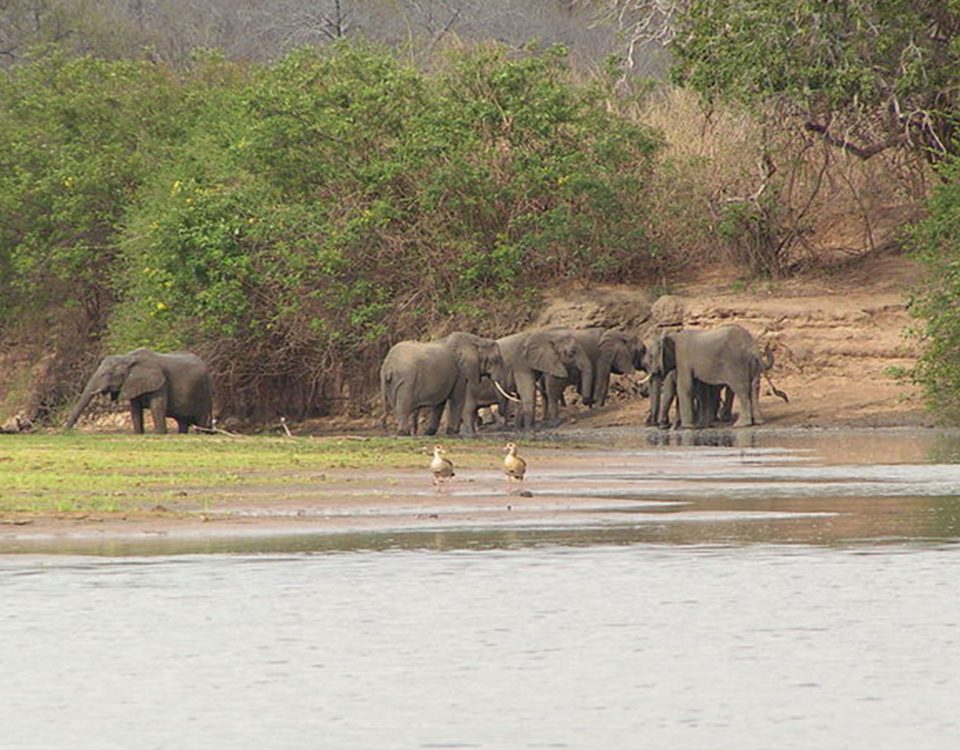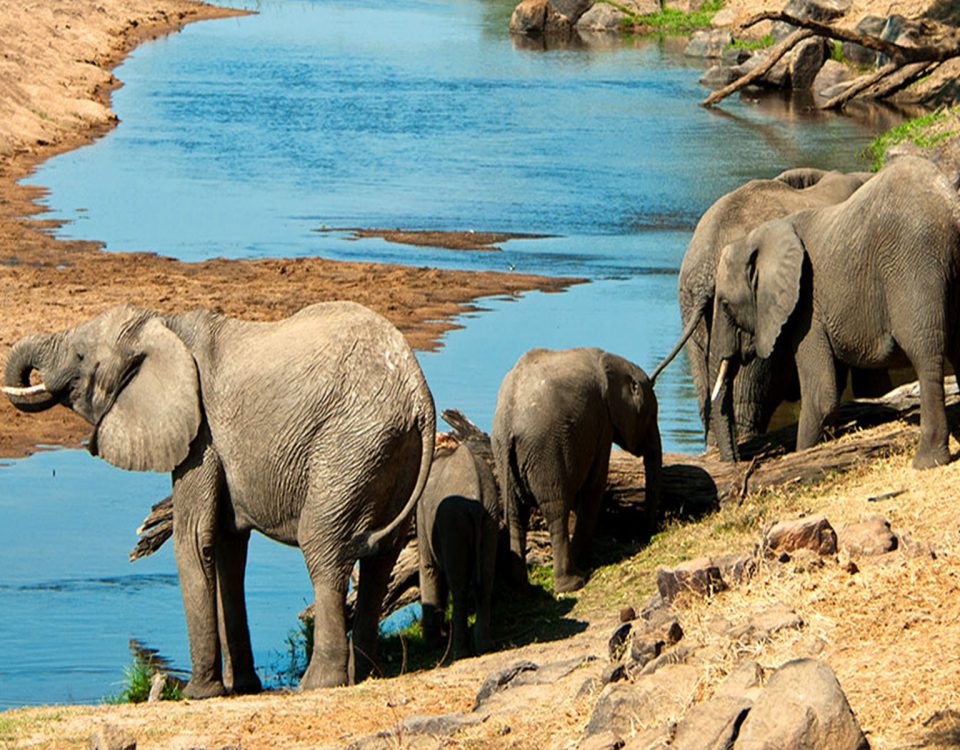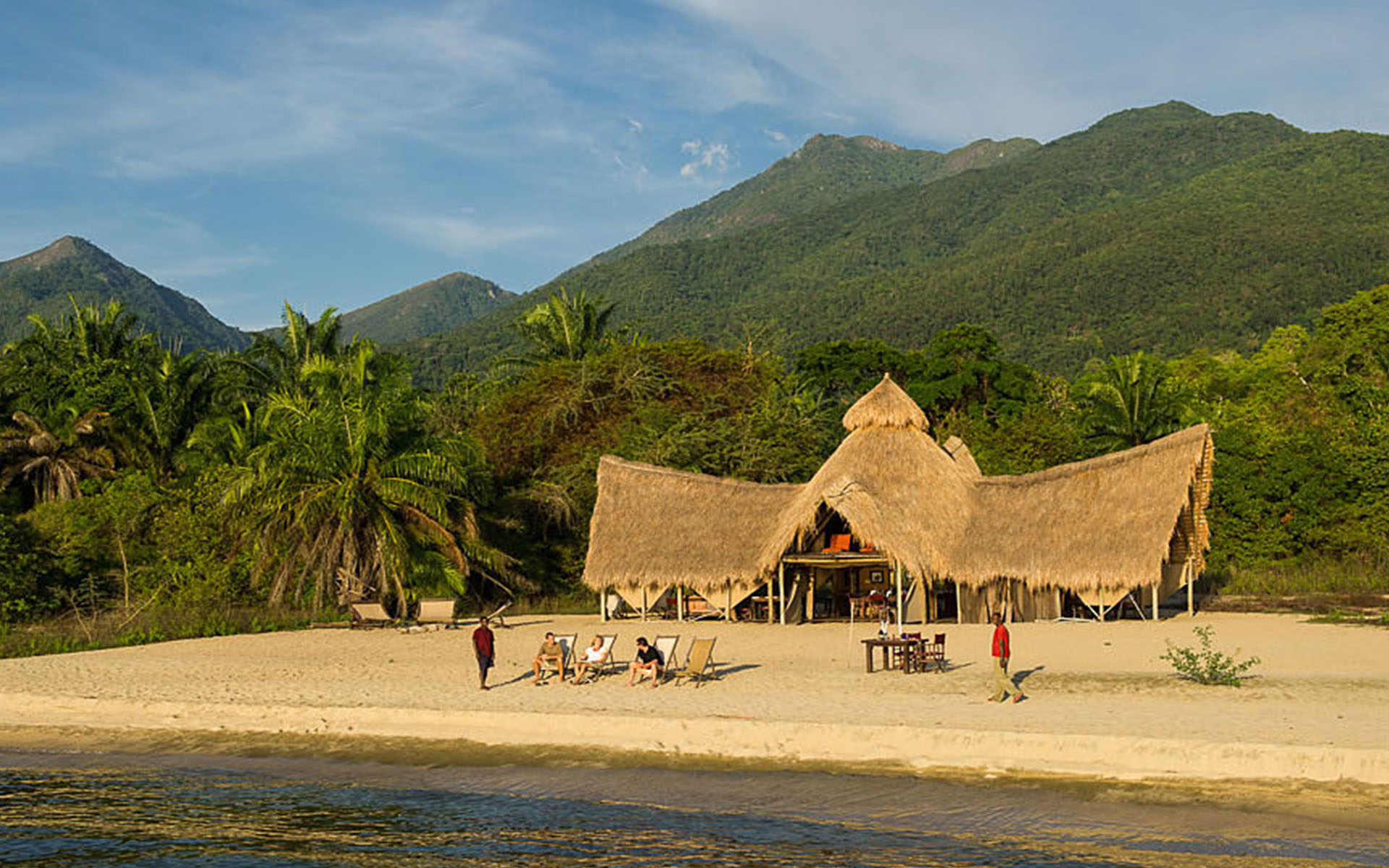
Mahale Mountains
August 29, 2016
Katavi National Park
August 29, 2016An excited whoop erupts from deep in the forest, boosted immediately by a dozen other voices, rising in volume and tempo and pitch to a frenzied shrieking crescendo. It is the famous ‘pant-hoot’ call: a bonding ritual that allows the participants to identify each other through their individual vocal stylizations. To the human listener, walking through the ancient forests of Gombe Stream, this spine-chilling outburst is also an indicator of imminent visual contact with man’s closest genetic relative: the chimpanzee.
Gombe is the smallest of Tanzania's national parks: a fragile strip of chimpanzee habitat straddling the steep slopes and river valleys that hem in the sandy northern shore of Lake Tanganyika. Its chimpanzees – habituated to human visitors – were made famous by the pioneering work of Jane Goodall, who in 1960 founded a behavioral research program that now stands as the longest-running study of its kind in the world. The matriarch Fifi, the last surviving member of the original community, only three-years old when Goodall first set foot in Gombe, is still regularly seen by visitors.
Chimpanzees share about 98% of their genes with humans, and no scientific expertise is required to distinguish between the individual repertoires of pants, hoots and screams that define the celebrities, the power-brokers, and the supporting characters. Perhaps you will see a flicker of understanding when you look into a chimp's eyes, assessing you in return - a look of apparent recognition across the narrowest of species barriers.
The most visible of Gombe’s other mammals are also primates. A troop of beachcomber olive baboons, under study since the 1960s, is exceptionally habituated, while red-tailed and red colobus monkeys - the latter regularly hunted by chimps – stick to the forest canopy.
The park’s 200-odd bird species range from the iconic fish eagle to the jewel-like Peter’s twin spots that hop tamely around the visitors’ center.
After dusk, a dazzling night sky is complemented by the lanterns of hundreds of small wooden boats, bobbing on the lake like a sprawling city.
Getting there
Kigoma is connected to Dar and Arusha by scheduled flights, to Dar and Mwanza by a slow rail service, to Mwanza, Dar and Mbeya by rough dirt roads, and to Mpulungu in Zambia by a weekly ferry.
From Kigoma, local lake-taxis take up to three hours to reach Gombe, or motorboats can be chartered, taking less than one hour.
What to do
Chimpanzee trekking; hiking, swimming and snorkeling;
visit the site of Henry Stanley's famous “Dr Livingstone I presume” at Ujiji near Kigoma, and watch the renowned dhow builders at work.
When to go
The chimps don't roam as far in the wet season (February-June, November-mid December) so may be easier to find;
better picture opportunities in the dry (July-October and late December).

